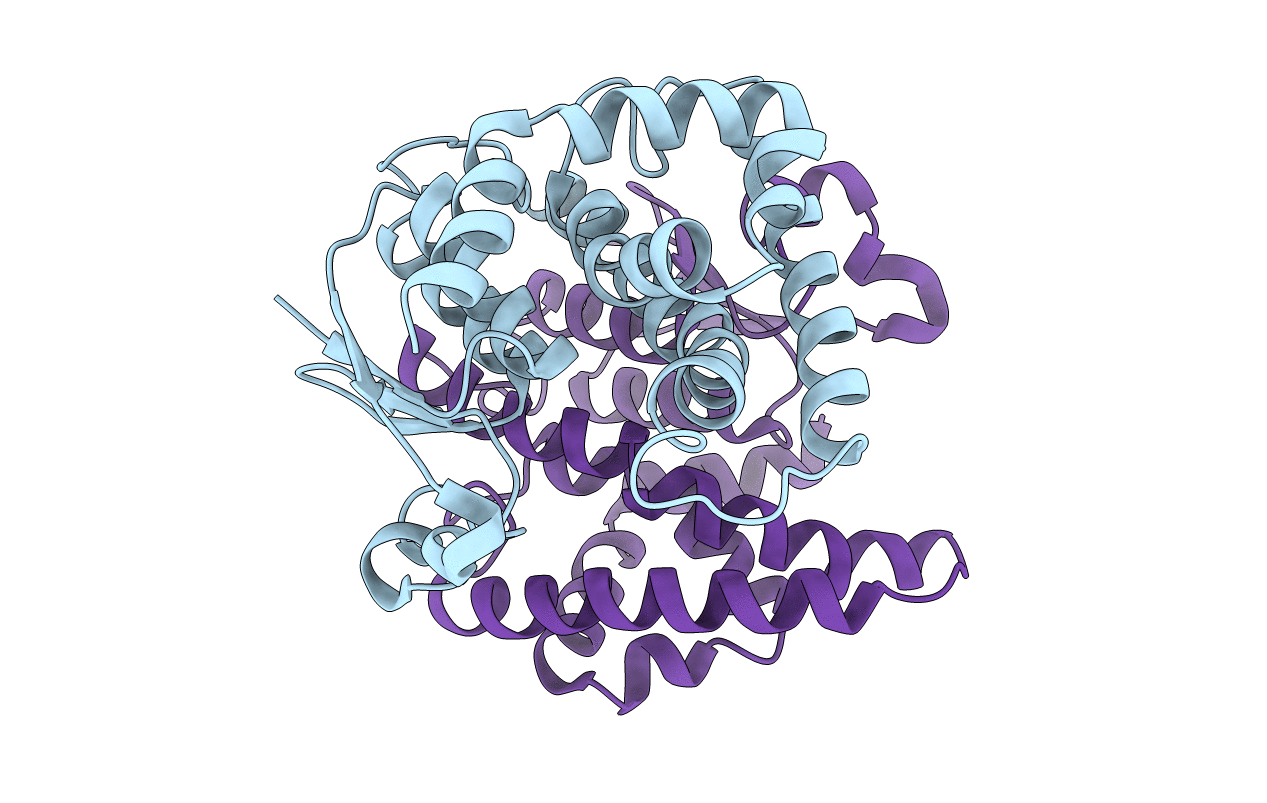
Deposition Date
2015-11-24
Release Date
2016-12-07
Last Version Date
2024-01-10
Entry Detail
PDB ID:
5EY6
Keywords:
Title:
CRYSTAL STRUCTURE OF GLUTATHIONE TRANSFERASE F2 FROM POPULUS TRICHOCARPA
Biological Source:
Source Organism:
Populus trichocarpa (Taxon ID: 3694)
Host Organism:
Method Details:
Experimental Method:
Resolution:
1.90 Å
R-Value Free:
0.22
R-Value Work:
0.19
R-Value Observed:
0.19
Space Group:
P 21 21 2


